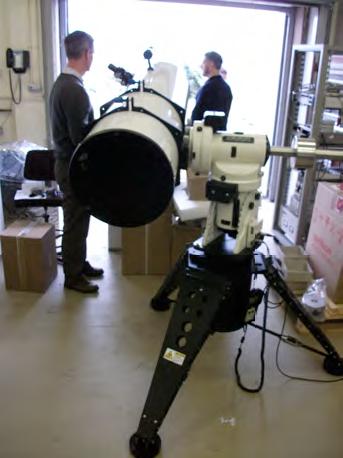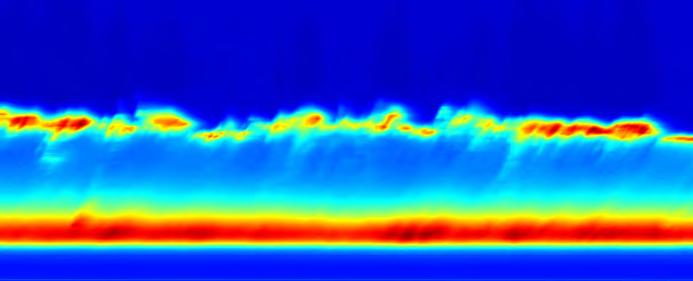University of Helsinki, Division of Atmospheric Sciences is pleased to announce the intensive course “Atmospheric Processes and Feedbacks and Atmosphere-Biosphere Interactions” to be held at the Hyytiälä Forestry Field Station in Southern Finland on March 16-26, 2015.
Similar to our annual Autumn/Winter Schools, the course is based on intensive work in small groups, with MATLAB being the main tool for statistical analysis.
This course has the following main topics:
– feedback loops related to atmosphere-biosphere interactions
– day-time nucleation in Hyytiälä boreal forest environment
– exceptionally warm winter 2013-2014
Some of the transferable skills the course strives to improve:
– statistical analysis and MATLAB
– multidisciplinary approach
– project management
– collaborative learning
– broadening of the personal comfort zone
– introduction to SMEAR II measurement station
The course involves 1-2 short relevant lectures per day, with the main emphasis placed on intensive group work and final report written after the course. The course is aimed at PhD students in atmospheric/biospheric sciences. During the course the students will utilize long-term aerosol, air ion, trace gas, meteorological and ecophysiological data measured at several stations in order to learn advanced data treatment and data analysis methods. The main tool is MATLAB.
Place: Hyytiälä Forestry Field Station, Southern Finland
(http://www.helsinki.fi/hyytiala/english/)
Time: March 16-26, 2015 (tentative travel day to Hyytiälä March 15!)
Teachers: Prof. Markku Kulmala is the leading teacher, with other lecturers Credits and accrediting body: 5 ECTS, University of Helsinki
Exam: Students write a scientific report based on the results from analysis done during the course
The course will be held in cooperation with Doctoral Programme in Atmospheric Sciences (ATM-DP), Impact of Biogenic versus Anthropogenic emissions on Clouds and Climate: towards a Holistic UnderStanding (BACCHUS), Cryosphere-Atmosphere Interactions in a Changing Arctic Climate (CRAICC), Pan-Eurasian Experiment (PEEX), Biosphere-Carbon-Aerosol-Cloud-Climate Interactions, Nordic graduate school (CBACCI), Cosmics Leaving OUtdoor Droplets Network (CLOUD), and Aerosols, Clouds and Trace gases Research InfraStructure Network (ACTRIS).
Registration for the course will open in early January 2015, and more information will be distributed in due time. Meanwhile, for any questions/clarifications, please contact Tuomo Nieminen at tuomo.nieminen@helsinki.fi


